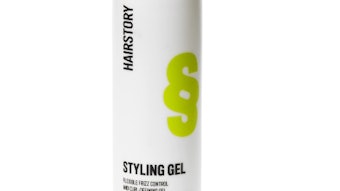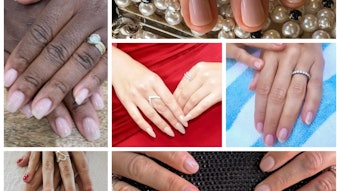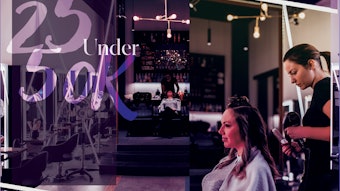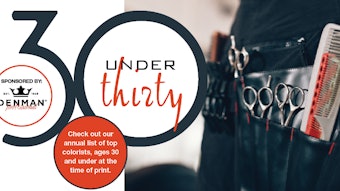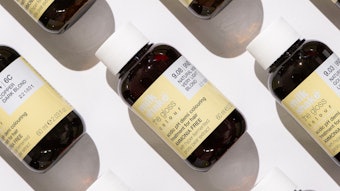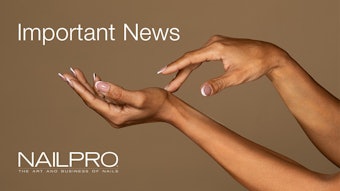 This year the US Food and Drug Administration has updated their regulations to standardize sunscreen labeling and regulate testing for effectiveness ensuring manufacturers correctly label their products for the safety of consumers. "I applaud this move as it will help people discern the truth behind the labels so they can find the right sunscreen protection for their needs," says dermatologist Dr. David Bank who is also a member of the Skin Cancer Foundation's prestigious Amonette Circle.
This year the US Food and Drug Administration has updated their regulations to standardize sunscreen labeling and regulate testing for effectiveness ensuring manufacturers correctly label their products for the safety of consumers. "I applaud this move as it will help people discern the truth behind the labels so they can find the right sunscreen protection for their needs," says dermatologist Dr. David Bank who is also a member of the Skin Cancer Foundation's prestigious Amonette Circle.
With all of the confusion about the new regulations and labeling, effective June 18th with a mandatory compliance date of December 17, 2012, Dr. Bank explains what it all means:
Testing Effectiveness: The final regulations establish standards for testing the effectiveness of sunscreen products and require labeling that accurately reflects test results. The FDA also now requires data for safety and effectiveness information for sunscreen products formulated in certain delivery systems (e.g., sprays, towelettes).
No More Misleading Numbers: The proposed regulation limits the maximum SPF value on sunscreen labeling to "SPF 50+"
Truth In Labeling: The FDA now guides sunscreen manufacturers on how to test and label their products in light of these new measures to ensure that what you see and read is what you get.
"This is a very helpful step for consumers but the bottom line is that people must arm themselves with knowledge even before they make a purchase," continues Dr. Bank. "Simple things like understanding the difference between sun rays; UVA and UVB radiation both can cause skin aging, sunburns and skin cancer and UVB rays primarily cause sunburn, can make all the difference down the line for your skin."
Dr. Bank offers the four things to know before purchasing sunscreen:
Sun Protection Factor: A sunscreen with an SPF of at least 15 is necessary to protect against UVB rays. SPF does not provide any information about UVA protection.
Broad Spectrum: Sunscreen products that protect against all types of sun-induced skin damage including aging, cancer and sunburn will be labeled "Broad Spectrum" and "SPF 15" (or higher) on the front.
Water Resistant: Water resistance claims on the product's front label must tell how much time a user can expect to get the declared SPF level of protection while swimming or sweating, based on standard testing. Two times will be permitted on labels: 40 minutes or 80 minutes.
Timing Application: It takes at least 30 minutes for the skin to absorb the sunscreen hence any claims of instant protection are false.
[Image: iStockphoto/Thinkstock]
Related: Guess by Marciano: Summer Beach Waves | Five Summer Tips for Curly Hair | Olivia Wilde's Summer Waves | Quick Summer Hair Fixes from the Experts at Sally Hershberger | Summer Hair Style: High Top Knot | Hair styling products: Glazy Days of Summer | Sally Hershberger Shares America's Next Top Model Styling Tips | Marko Tomassetti's Solutions for Damaged Hair | Malibu C Brighter and Lighter Blonde




